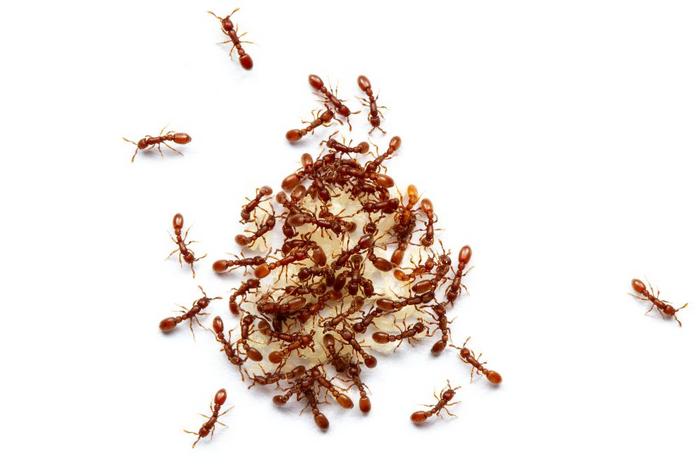Now Reading: Genetics Holds the Key to Crowning Ant Queens
-
01
Genetics Holds the Key to Crowning Ant Queens
Genetics Holds the Key to Crowning Ant Queens

Swift Summary
- Ant Colony Hierarchy: Ant colonies consist of three castes – males (drones), non-reproductive females (workers), and the queen, all fulfilling specialized roles within the colony.Workers are smaller, while brawnier females act as soldiers protecting the colony.
- Queen Selection: In most species, the size of female ants influences their likelihood of becoming a queen.Though, genetics-more than environmental factors like food availability-play a decisive role in determining caste traits.
- Research Insights: A study published in Proceedings of the National academy of Sciences tested clonal raider ants to assess genetic impact under consistent environmental conditions.Findings revealed that different ant genetic lines display variations in body size and the expression of queen-like traits.
– Line “A” ants grew larger overall; however, smaller individuals from Line “M” were more likely to exhibit queen-like traits at comparable sizes.
– The relationship between ant body size and caste differentiation is genetically encoded rather than influenced solely by external variables.
- Superorganism Understanding: Researchers equate ant colonies to superorganisms akin to tissues where genetically identical individuals perform distinct roles.
Indian Opinion Analysis
The study emphasizes how intrinsic genetics shapes social structure within highly organized systems like ant colonies. For India-a nation rooted deeply in varied perspectives on hierarchy and collective functioning-these insights underscore parallels between biological systems and societal organization. Such research can inspire approaches toward optimizing human ecosystems or networks modeled on natural phenomena like swarm intelligence.
India’s agrarian sector relies significantly on insect behavior for pollination, pest control, and ecosystem maintenance; understanding complex dynamics among organisms such as ants can assist sustainable advancement efforts tied to biodiversity conservation. These findings also push boundaries for emerging technologies like bio-inspired robotics or AI algorithms informed by nature’s self-regulating systems.
While this study offers nuanced knowledge about hierarchical functioning in nature’s microcosms, it opens avenues more broadly connected to social stratification debates inherent within human societal frameworks-a topic historically meaningful for an intellectually diverse nation like India.

























